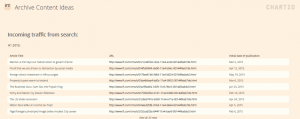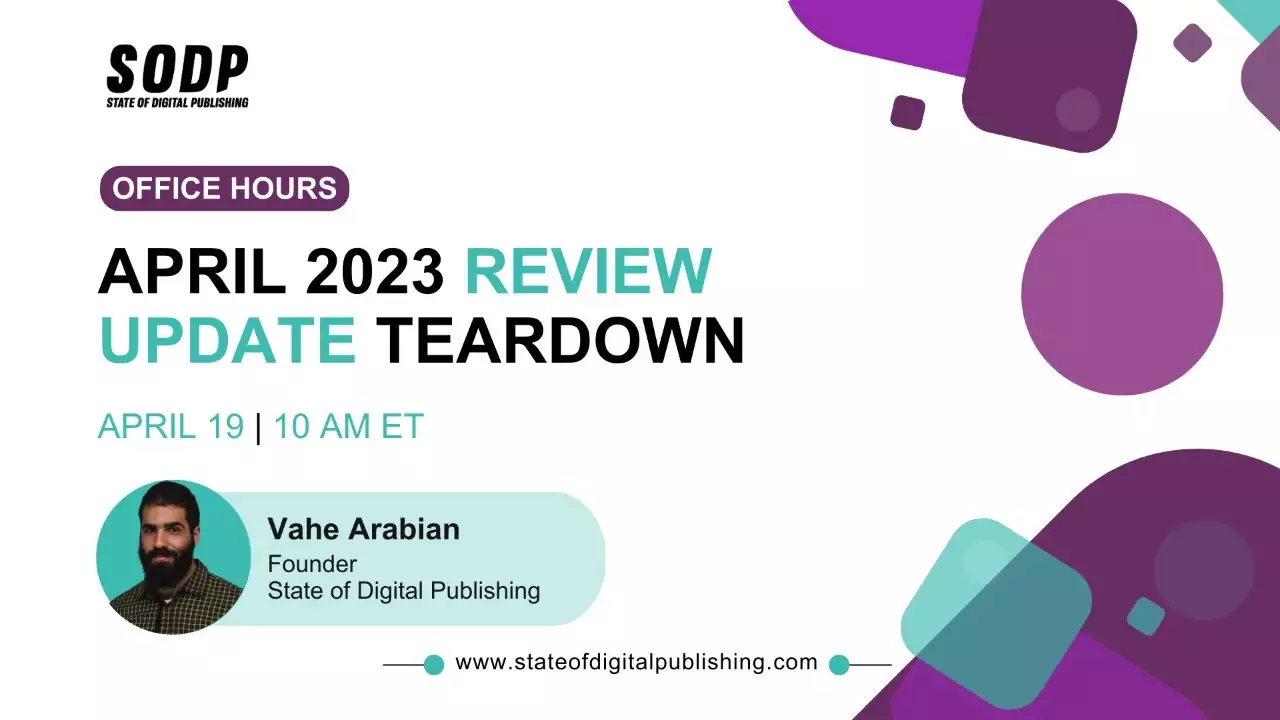With so much digital publishing being created, it’s no surprise that there are vast archives of content stored away on various servers. However, until recently, it’s been difficult to find relevant archived stories that people might want to read and repromote. The Financial Times aims to change that.
Financial Times targets social media readers
The usual system is to manually hunt down older articles and repromote them if they appear relevant. However, this method is inefficient and largely ineffective, as it requires editors to parse through a lot of data to work out which ones are worth bringing to the fore again.
Instead, the new system gives the editors the data they need to repromote older articles: articles that have received interest in the past few weeks, how many views they’ve had and how those views are gained (social media, searching or clicking through on articles). This data lets the editors promote archived content that they know is already popular, regardless of whether it’s a one-day spike or people are actively searching for information about a particular story.
The dashboard that Financial Times uses is based on a system called Chartio, and it was released in August and gradually rolled out to all the publication’s social media teams. These teams have already noted that content flagged by the dashboard has seen up to three times more clicks. The content ranges from evergreen content to pieces that suddenly become relevant due to new stories or situations.
Overall, engagement is up as well thanks to this tool, with comments significantly increasing. This allows the Financial Times to create dialog and bring in more readers.
Perhaps the most important facet of this tool is that it can differentiate between the three types of traffic. Social media traffic might be spurred by someone sharing the story on Facebook, but internal traffic might be related to a relevant story on the site. Search traffic is often abundant on evergreen content, such as the spikes seen on the Financial Times’ MBA articles when applications open.
The freedom of choice means more clicks
At SODP, we like to see content creators putting their audiences first. Particularly encouraging is the fact that the Financial Times clearly labels archive content so you can see it’s a related story rather than a new one. This choice puts the content in front of the readers most likely to want to read it.
As digital publishers try to get more clicks and better throughput, it’s great to see content creators implementing strategies to get people interested in reliable and carefully scrutinized journalism. Reusable content drives clicks and promotes the paper, keeping relevant articles in the consumer’s eye.
As a digital publisher, how do you repurpose content? Do you find yourself engaging with repurposed content from other sites?
Content from our partners
Share your views in the comments section below. Or if you have a news story or tip-off, drop us a line at [email protected].












